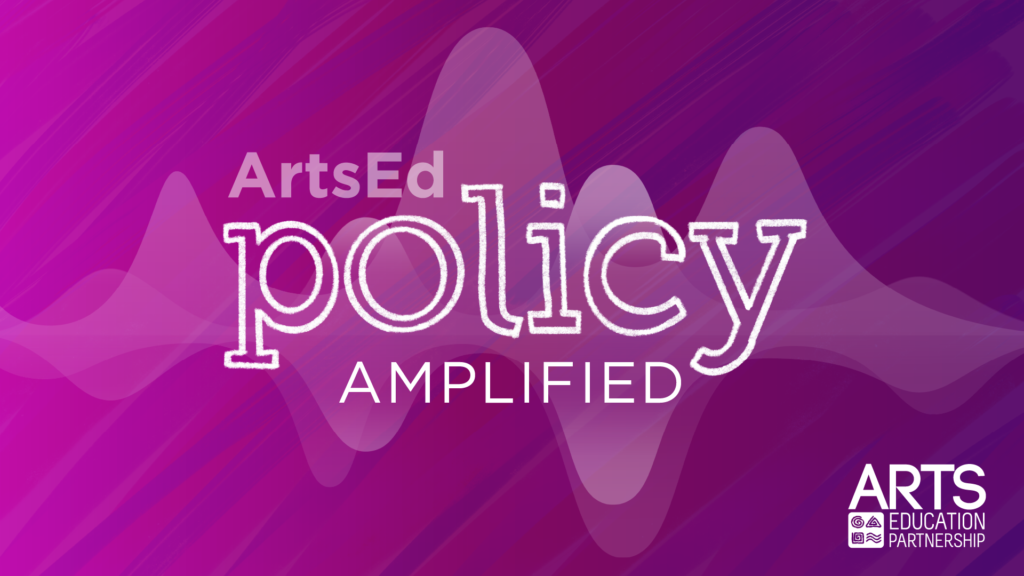Integrating the Arts to Ensure All Students Can Engage in Learning

In our uncertain times, it is critical for all students to have access to arts education — provided by a highly qualified arts-teaching workforce — including classroom teachers, arts specialists, teaching artists, higher education faculty or members of arts and cultural organizations who offer arts education programming.
Research shows that students benefit from the opportunity to engage in the arts every day. However, the critical need for equity-centered, trauma-informed care and social and emotional learning experiences places high demands on teachers. These demands, coupled with the stress of providing remote teaching and learning, require new strategies for engaging all students. The arts can act as both a catalyst for engagement and a path for learning across disciplines.
Those in higher education play a central role in 1) designing programs that integrate the arts in the pre-service education of teachers and in 2) providing in-service education for professionals in the field in collaboration with arts and cultural organizations.
Preparing educators for arts integration cannot be carried out in isolation; this preparation is most effective in a group with all stakeholders making contributions from their various perspectives. The most recent publication of the Higher Ed Working Group, “Preparing Educators for Arts Integration: Placing Creativity at the Center of Learning,” identifies four policy actions that state leaders can consider to prepare educators for arts integration:
Convene all stakeholders. State education leaders could convene stakeholders in arts education to serve as advisors in support of arts-integration initiatives and to explore state-level initiatives. Convenings across organizational borders that include stakeholders in decision-making can affect educator preparation courses and programs in those states. When such a group comes together, it can assess the state of its resources and make informed decisions about the next steps for including arts integration in schools.
-
- Include arts-integration options in educator credentials. State credentialing for teachers and school leaders could offers preparation in arts integration. Several states already demonstrate ways in which arts integration might be included in pre-service and in-service credentialing programs. North Carolina and Massachusetts, as well as several other states, recognize the importance of arts-integration professional development in state practice.
- Require arts integration in educator preparation for teachers of English language learners and special education. State credentialing for teachers and other personnel working with English learners and students in special education could require preparation in arts integration. Research suggests that using Universal Design for Learning in arts-integration curriculum design could enhance teachers’ capacity to reach all students — especially those with special needs and emergent language skills, allowing them to express and communicate through the arts.
- Promote the National Core Arts Standards. Leaders in policy at all levels could recognize and promote the National Core Arts Standards in support of arts integration. There is a need to make all teachers and education students aware of the standards to improve inclusion of arts and arts integration in schools. States and regional districts that offer professional development for teachers and school leaders might align their own state standards with these national standards.
In the coming months, we will explore policy strategies like these — and others that advance the field of arts integration and impact public policy. Would you like to contribute, or do you have ideas for an upcoming blog post? Please get in touch.
We look forward to sharing more research, policy and best practices of arts-integration initiatives around the country.
This guest post comes from Martha McKenna, a university professor at Lesley University, and is written in collaboration with the Arts Education Partnership Higher Education Working Group. AEP is a national coalition of over 100 education, arts, business, culture, government and philanthropy organizations.
Martha will be participating in the 2020 AEP Virtual Gathering, beginning tomorrow. Be sure to catch her during the Higher Ed Working Group office hours on Tuesday, September 15 from 9:30-10:30 a.m. ET.



